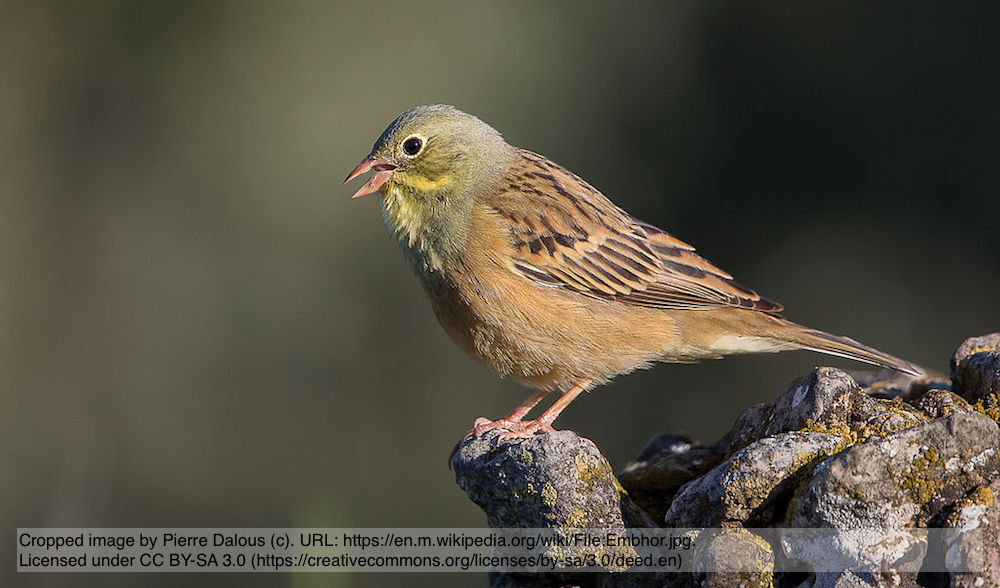Ortolansparvens Emberiza hortulana förekomst och habitatval i Sverige
DOI:
https://doi.org/10.34080/os.v18.19596Nyckelord:
inventering, landskapAbstract
The Swedish population of the Ortolan Bunting Emberiza hortulana has decreased with about 80% since 1975. The breeding habitat has traditionally been linked to farmland, but Ortolan Buntings are also found on clear cuts. Combining data from the Swedish Bird Survey (1996–2006) with landscape data (Swedish CORINE), we investigated the relationship between occurrence of Ortolan Buntings and different land cover variables. At a landscape scale of 5×5 km2, occurrence was positively correlated to the proportion of open cast mines, farmland, young forest, inland marshes and clear cuts south of 61°N. North of 61°N, the present population stronghold (~90%), occurrence was positively correlated to the proportion of farmland, clear cuts, coniferous forest, young forest, mixed forest and inland marshes. At a local scale (within 400 m), abundance was highest where clear cut was the main habitat, but abundance was not higher on clear cuts close to than far away from farmland. We estimate the total population at 6300 (4000–8600) pairs with around 50–85% occurring on clear cuts.
Nedladdningar

Downloads
Publicerad
Referera så här
Nummer
Sektion
Licens
Författaren/författarna innehar copyright för varje enskilt bidrag, men samtliga bidrag är publicerade under en Creative Commons-licens, så att vem som helst kan dela och återanvända bidraget förutsatt att copyright-innehavaren erkänns.







